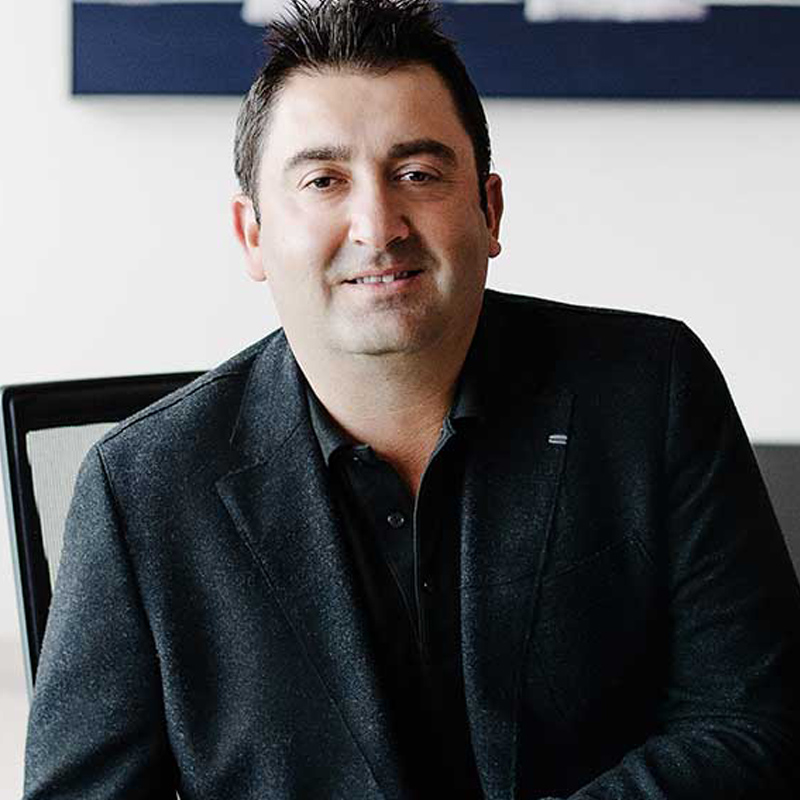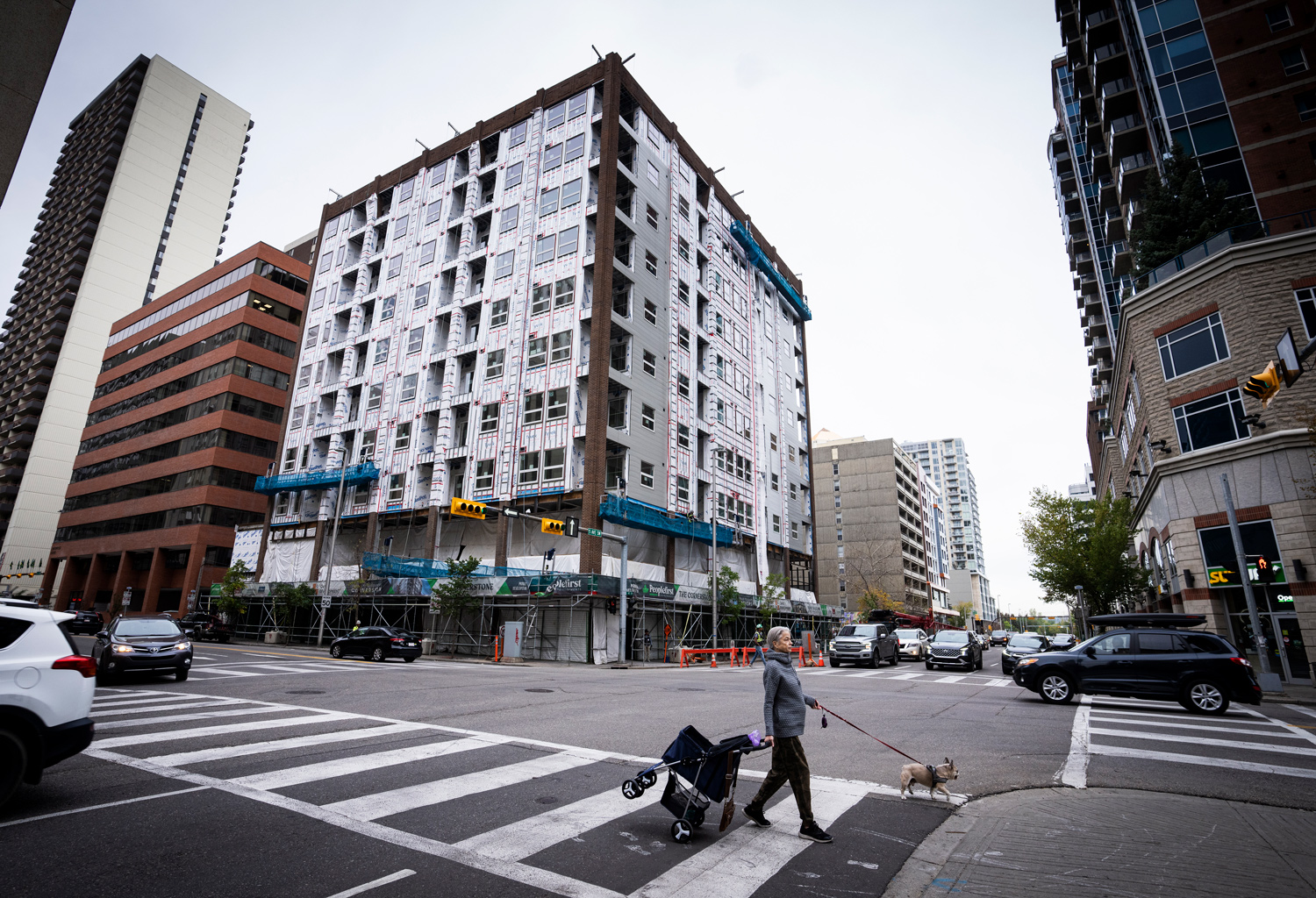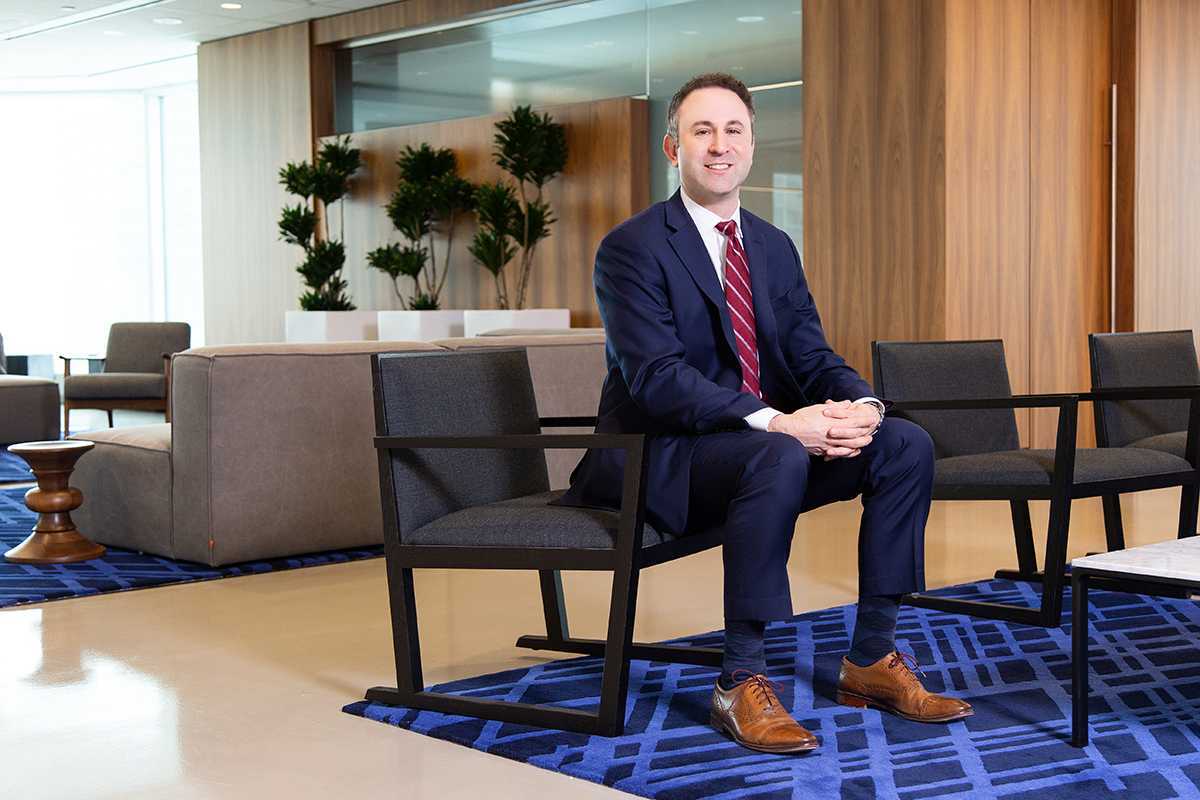Greybrook Realty CEO Peter Politis on the Pandemic’s Effect on Real Estate

Canadian Business is relaunching this fall, building on its platform as a trusted media brand and social network for the country’s fastest-growing companies and their innovative leaders, who are changing Canada for the better.
Canadian Business gives these leaders—and those who want to learn from them—the resources, networking opportunities, and inspiration to innovate, connect and continue to challenge the status quo. One of the ways we are doing this is through launching the Canadian Business Leadership Circle, CB’s leader-in-residence program where each month we engage a different C-suite-level executive making an impact in their field. As part of the program, readers will have the chance to connect with these progressive-minded business execs for mentorship and professional development through exclusive content, virtual fireside chats, and more.
Joining us as leader-in-residence this month is Peter Politis, CEO of Greybrook Realty Partners, a leading Toronto-based real estate private equity firm. Here, Politis speaks with writer Alex Derry about how Toronto housing trends have been impacted by the pandemic, why the city’s market is a unique investment opportunity, and what new options are emerging for first-time homebuyers in the rapidly growing Greater Golden Horseshoe (GGH) region.
What drew you to a career in real estate?
I wanted to do one of two things ever since I was young: be a real estate developer or play for the Blue Jays. I wasn’t necessarily good enough to play for the Jays, so I fell back on real estate. I’m the son of Greek immigrants and owning property is ingrained in the immigrant mentality. There are very few investments that retain their long-term value quite like real estate. While real estate has gone up and down, it rarely loses its value over time. Where other industries are often sensitive to changing trends—if you invested in tech companies 20 years ago, many of those companies don’t exist today—real estate, as a tangible asset, is more likely to retain its value or appreciate over the long term.
What trends do you see emerging in Toronto’s real estate market as we come out of the pandemic?
For a brief period, many people believed that the city’s long-established urbanization patterns were going to shift because of the pandemic, which was a short-sighted view of the situation, though understandable given a global pandemic is not something any of us had ever experienced before. What we are seeing is that people are not suddenly changing how they want to live; plus, entire infrastructure and policies have been built to increase urbanization and densification. We’re also seeing a renewed interest in “sprawling living’ “with more people that are willing to consider suburban living than ever before, which has created a surge in demand for ground-related homes in the GTA and outer parts of the Greater Golden Horseshoe, in places like Shelburne, Ont., and Colgan, Ont., where we are developing.
Will Toronto prices continue to increase? Will the bubble pop?
What’s undeniable is that we have a legitimate supply-and-demand issue in Toronto. We’ll continue to see the average prices across the GTA maintain and go up, as demand for housing within the urban core continues to rise, purchasers that can afford to buy a $1-million condo in the core are now willing to buy a home with more space in other parts of the GTA, creating demand and driving up prices even into parts of the Golden Horseshoe region. The continuous increase in the population will keep fuelling the demand for homes, and given the current supply challenges, this will continue to drive up prices.
In your view, what policy tools would be most effective in cooling Canada’s housing market to make it more affordable for average Canadians?
It’s very complicated to cool the market in any kind of meaningful way across the country. You’re dealing with a complex problem because of how many people migrate to Canada, coupled with a supply-demand issue and existing land constraints. We need every level of government to come to the table with a variety of solutions. What I’ve learned in speaking with many people across Canada, from longtime investors to first-time homebuyers, is that affordability is one issue, but another is accessibility—the ability to get into the housing market in the first place. Opportunities exist for governments to enhance some of the existing programs out there. For example, new housing developments are charged HST, which is included in the sale price of a housing unit. The government could create strong incentives for first-time homebuyers by rebating a larger portion of the HST on new-construction homes to these buyers, effectively reducing the total purchase price of pre-construction homes. If similar incentives through rebates or exemptions are provided on the Land Transfer Tax for pre-construction homes, the combined impact of a consumers’ rebate in HST and LTT could materially improve the affordability of new homes. This would not only help an individual access housing that they may not otherwise be able to but also contributes to bringing new supply to the market, generate additional tax revenue, and creates jobs.
What advice do you have for people looking to invest or buy their first home?
It used to be that people wanted to live in a specific neighborhood, and if they couldn’t live there, they would stay out of the housing market or wait until they could go to where they wanted to be. It’s more important today to get into the market somewhere, even if it’s not your preferred area, because it’s not getting any easier. Once you’re in the housing market, it becomes easier to stay in it and move to a different area, because you’re capturing appreciation.
What Greybrook projects or investments are you excited about?
We’re involved in the development of a variety of housing projects, from attainably priced rental apartments in major urban centers across the U.S. to townhouses in Durham, Ont., to the highest-end luxury condominiums in Yorkville. We have a luxury development at the corner of Yorkville Ave. and Avenue Rd. that we believe is going to provide a standard of luxury and exclusivity in Toronto closer to what you might expect in Manhattan or London. At the other end of the spectrum, we’re buying a large parcel of land in Lindsay, Ont.—500 acres of land for 2,700 homes. These are two totally different developments for different markets, but we’re equally excited about them.
What are the greatest challenges in real estate development?
There are so many moving parts and push-pulls in real estate development that if you’re not truly attuned to how they all work, it can create considerable risk. You’re managing municipal approvals, timing, the efficiency of building design, and costs and revenue. Then there’s marketing and carefully managing your inventory and costs relative to the timeline of the project. These are all things that we spend a lot of time focusing on with our developer partners because that’s how you manage risk and ensure successful outcomes for investors.









